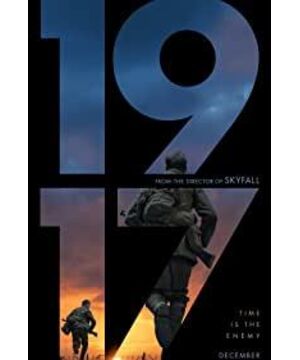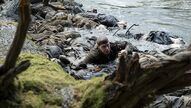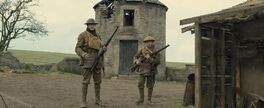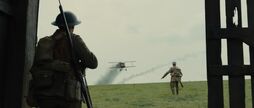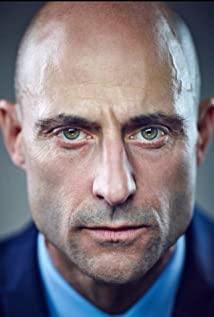So dazzling and so beautiful. The grassy plains are beautiful, the cherry blossoms that are hard to distinguish are beautiful, a cow in the wilderness is beautiful; the barbed wire fences are beautiful, the mud pits filled with corpses are beautiful, and the cathedral burning in the fire is beautiful. And the most beautiful is the rhythm that connects them in series, like a rosary, smooth and silky with a hint of classical meaning. That's exactly why this film is able to make aesthetics the theme. It's hard to see so many famous paintings in one movie: Rembrandt's light and shadow, Van Gogh's color, Frederick's back, Millais' Falling Flowers, and the metaphysical Géricault's arcade. Even the silhouette of the ruins is a schema, although I can't recall where I saw it. The picture is always so simple. There will be no mud on the field, no bright color will appear in the trenches, there will be no miscellaneous trees in the cherry blossom garden, and the tunnel will be covered with dust, and the grasp of the color tone has reached a perfect level. The background music is even more so, unambiguous and unabashed, mobilizing the senses to the greatest extent possible. To say that immersion is not enough to express its modalities, it may be regarded as a kind of beat of all. The technique is the least important, because this one shot is already integrated into the aesthetic of the subject. Although the traces of splicing can be seen, it is still handled quite skillfully and does not affect the intention of one shot to the end. In other words, it is already a technically superb work to shoot this kind of unobtrusive effect with one lens. The echo of details is the icing on the cake, while the sigh of fate is the sublimation of poetry. Perfect beauty. The poster is enough to explain it all: on the muddy road, cherry blossoms are in full bloom with barbed wire wrapped around them.
View more about 1917 reviews


